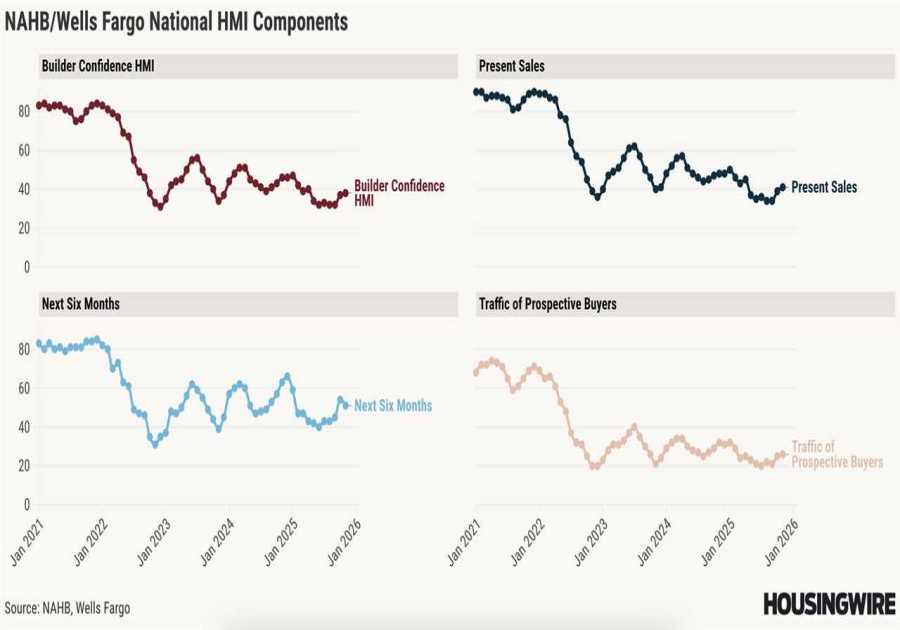Joyce Storey and her late husband, Howell Binkley, opened their Harlem apartment to the lovelorn for years. Eventually, some of those tenants became irreplaceable friends to the pair in their own moment of need.
Read more stories exploring the highs and lows of cohabitation in Dwell’s Roommates Week.
For more than a decade, actress-writer Joyce Storey and her late husband, Tony Award–winning lighting director Howell Binkley, kept an open-door policy at their Harlem brownstone, frequently hosting dancers, actors, and designers who were in town for theatrical projects in their spare downstairs bedroom. (Their unit spans three floors of the four-level building.) When the two major directors Binkley worked with throughout his career took professional breaks around 2012, the couple began subleasing their bottom floor to temporary tenants. After Storey’s husband died of lung cancer in 2020, she decided to continue welcoming what she calls a "rotating cast of characters" (some of whose names have been changed for this story) into the home’s unused rooms—some staying for weeks, others for years. Here, Storey explains how the unusual living arrangement originated and how sharing her home has expanded her world.

I moved into the brownstone 13 years ago; Howell found it through an internet search around 2006. Even at the West Village carriage house where he lived prior, there was always somebody on his couch. He was just that charismatic guy. Howell had an associate from San Diego who would come to work on Broadway and stay here for months at a time. At other times, it’d be one dancer after another in the downstairs suite. There were always people staying here.
When Howell had a lean patch in his schedule, I suggested we rent out the bottom-floor suite instead of giving away the space, as we’d done in the past. Howell and the original landlord had a handshake deal—"Just do what you’ve got to do and pay the rent." The landlord and his wife divorced, and she now owns the building. She’s totally fine with me renting out rooms; we talked about what was and wasn’t allowed. She just didn’t want me to Airbnb it.
It started with friends of friends. We didn’t want full-time renters, because we wanted to still be able to decorate and just have our space. It’s a three-bedroom with two upstairs bedrooms and a bathroom, a parlor level with the main living areas and a backyard and deck, and a downstairs suite. This works well because there’s a floor in between. We never asked for market value; people would pay about $600 to $1,100 per month, depending on what they could afford.
In 2013, I was working for a theatrical lighting company and shared an office with a girl whose fiancé dumped her. She was stuck. I was like, "You can move in here." After about eight months, she moved out, and about six months later, when her friend’s wife left him, he stayed here for around a year. But a couple we met through mutual friends, Martina and Rafael, were kind of the first official tenants. She’s from Germany, he’s from Uruguay—they used to live in New York, then moved to Uruguay and would come back in the summers. They started staying with us downstairs. They would sometimes watch TV at night in the living room, especially when the World Cup was on, but they were respectful of our space.
And so it began. Most of the people who stayed here were in transition from a relationship, so I dubbed our place Hazel’s House of Healing Hearts, named after our dog at the time, a Saint Bernard. She was like the celebrity of the neighborhood; she became a wonderful healing part of people’s journeys. After my husband’s Broadway shows picked up—he was the lighting designer for Lin-Manuel Miranda’s Hamilton—it was good company for me when he was working on the road.
In 2016, a woman named Marta, the best friend of a dear friend from Bosnia, needed a place to stay. Marta, who is from Montenegro, worked on a cruise ship, and her fiancé on the ship fell in love with someone else, so she came here. Meanwhile, Martina and her husband split after 35 years of marriage. I’d been saving the downstairs room for them that summer, but she wrote and said, "Don’t bother." About a month after Marta moved in, Martina changed her mind and said she wanted the room after all. Martina is like family, so we improvised, and she stayed in the upstairs office on a pull-out sofa bed. Martina would go to the German shops—oh, the smells in the house when she was cooking!—and Marta would go to Queens to a specialty Serbian place. They’d always say, "These ingredients are from back home." Howell adored both of them.
When Howell got sick, Martina was just such a support, you know, to have in the house. She would roll up her sleeves and just dig into whatever needed to get done. Marta told me about this temple in Montenegro that people believe to be healing. Her parents asked for a shirt of Howell’s—it had to be something he wore a lot; it was his Hamilton one—and they went on a religious pilgrimage of sorts. They had it blessed by a priest and sent it back with some holy water. Howell continued to wear the shirt after that. I just thought that was the most caring, loving thing anybody could ever do.
I thought after Howell left this world, the rotating door would close, but what evolved was, it was great for me to have the company.
Four years ago, Marta moved into the fourth-floor unit, and in May of last year, her close friend Mia moved into our downstairs suite. I took Howell’s office and made it my office slash spare bedroom. It’s got a sitting area and even a proper bed these days. It’s hard for me to share that upstairs space because that’s my sanctuary. I’m an introvert who extroverts. But with the right people, it’s been fine. Mia and I share groceries; it’s a mi casa, su casa kind of thing. She brings home focaccia from the Italian restaurant where she works. We’ll sit together and she has, like, a million spreads—guacamole, hummus. It’s very sweet, because since Howell passed, I haven’t cooked all that much.
There have been so many people who have come and gone through here who have become friends. I usually give them my advice, like "If you’re having trouble with this job, why don’t you quit? You can stay here as long as you want." It feels good to give back in that way. When it was somebody’s birthday, we’d always celebrate. Everybody buys everybody little Christmas gifts. You know, it was never a rule. It just organically happened.
I also get to know these people who have had fascinating lives. I get the joy of that; you don’t get so myopic about your own world. I have invitations to Macedonia and Serbia and Montenegro and Germany and Uruguay. All these places, I know people. It’s really kind of cool.
—
Head back to the May/June 2023 issue homepage
Read More
By: Abby Carney
Title: A House of Healing Hearts
Sourced From: www.dwell.com/article/hazels-house-of-healing-hearts-harlem-brownstone-355c63aa
Published Date: Thu, 20 Apr 2023 15:11:54 GMT
Did you miss our previous article...
https://trendinginbusiness.business/real-estate/how-an-heirloom-mahjongg-set-makes-space-for-everyone-at-the-table
.png)





